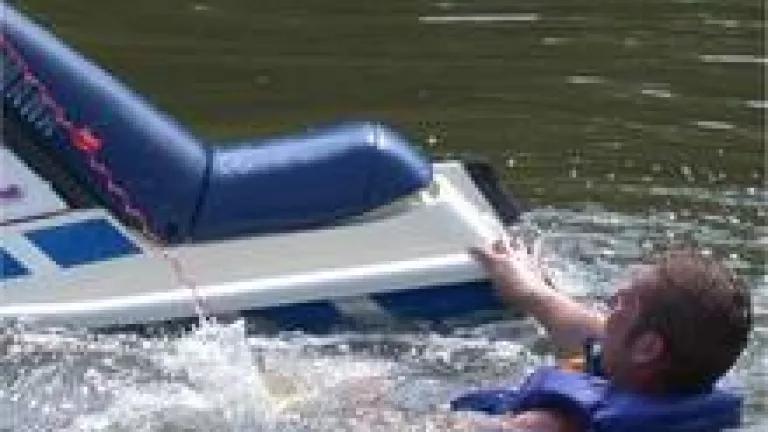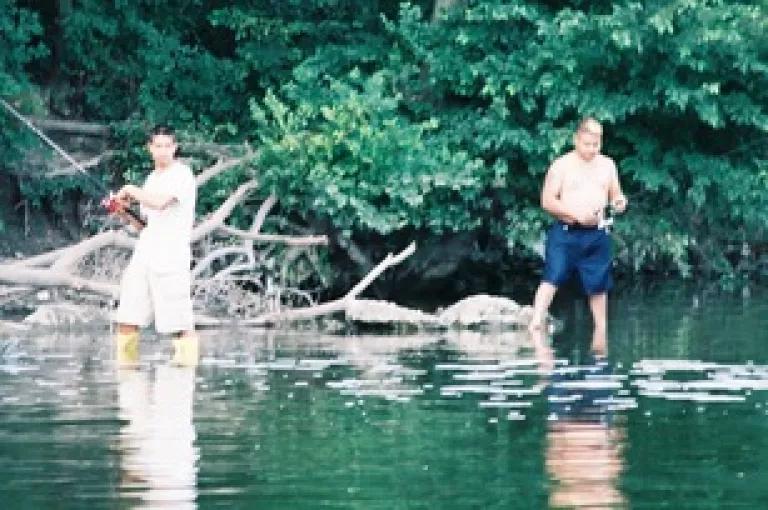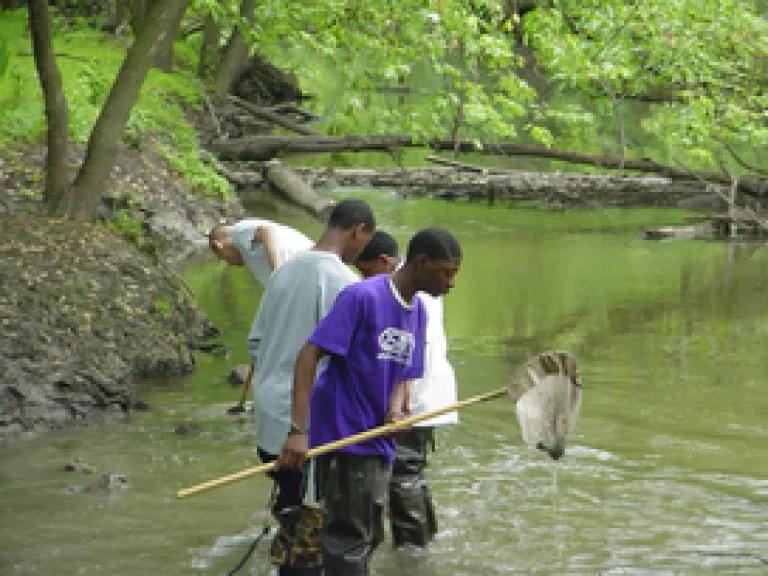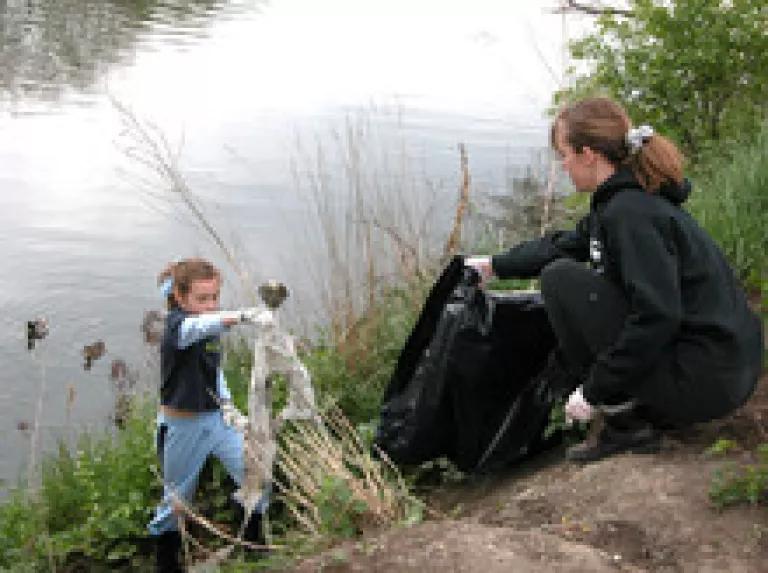
In a moment of nostalgia for our outgoing mayor, who threw some of the most colorful hissy fits in all of Chicagoland, I recalled one of them yesterday after USEPA announced its order that Illinois make the Chicago River clean enough to allow swimming. The last time the Agency suggested that, His Honor suggested that the Agency go swim in the Potomac.
Aside from its entertainment value, the Mayor’s comment highlighted a common misconception about what it means to make the River “swimmable” for purposes of the Clean Water Act, the federal law driving USEPA’s decision. When one hears the words “swimming” and “Chicago River” in the same sentence, a mental picture may well pop up of someone taking a swan dive off the Trump Tower into the River’s main stem, perhaps narrowly missing the architectural tour boat going by. And someone with that mental picture might reasonably ask, why on earth would we want to encourage that? The District, eager to fuel the misconception in aid of its epic foot-dragging on the River cleanup, loves to tell the public how dangerous swimming in the River would be.
So let’s back up a little, look at what the Clean Water Act really says, and what’s really going on in the River and in USEPA’s order.

The Clean Water Act sets the ambitious goal of making all waterbodies in the nation suitable for fish, shellfish, wildlife, and recreation “in and on” the water. The shorthand term for this goal is “fishable and swimmable.” But the law is not only protecting swimmers, it’s protecting anybody who recreates “in” the water. If that sounds like hairsplitting, it’s not. The fact is, water recreators often end up dripping wet regardless of whether they actually intend to jump in and go swimming. Waterskiers, jetskiers (like the one pictured above in the River near Worth), and inner tubers aren’t specifically intending to swim, but did you ever see someone do those things without getting soaked? I haven’t. For that matter, the Illinois EPA’s original proposal – the one that USEPA thinks isn’t strong enough – aimed to protect only kayakers and canoers and other boaters, whom Illinois EPA thought would have merely “incidental” contact with the water. But extensive testimony in public hearings confirmed that kayakers, for instance, often get completely drenched in practicing their sport. Certainly, anyone who falls out of their boat – which any boater can attest does happen – is going to end up more than “incidentally” wet. Even anglers -- like the ones in the picture above taken on the North Branch -- often wade right in.

Clearly, these activities are not merely hypothetical on the Chicago River. All of them have been observed there, some very frequently, as documented in USEPA’s letter. Indeed, some of my colleagues recently witnessed a high school crew team capsize in Bubbly Creek, one of the most heavily contaminated stretches of the river. Even if one were willing to tell the risk-loving waterskiers and jetskiers that they’re on their own, and we don’t care whether they get sick from sewage germs, are we willing to say the same thing to the high school rower who accidentally falls into Bubbly Creek? To the family out for a canoe trip that unexpectedly capsizes? To the toddler at the riverbank park who goes wading on a hot day because his parents don’t know about the lack of disinfection? To the kids who dip into the River to study it on school field trips, or to pick up trash at the water’s edge on River Day?

I, for one, am not willing to see our city play Russian roulette with the health and safety of people who use and enjoy our river in very reasonable ways, and I am glad that USEPA is not either. The question whether Chicagoans should pull on swim trunks and do laps alongside Wacker Drive is a straw man that needs to be put to rest.
Jet skiier photo courtesy of USEPA
Other photos courtesy of Friends of the Chicago River

